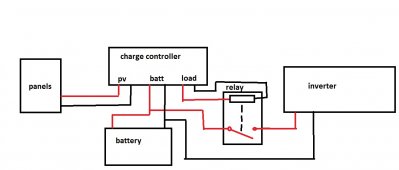Hi Guys,
New here. Details of my setup are in the signature. But I overdischarged my battery this weekend. My inverter has overdischarge prevention but it still took it too low. Is there any other method to prevent overdischarge? I think I was consuming too fast (about 1000w) and my 10Ah battery drained too quickly. Thats all I can think of.
Any thoughts?
New here. Details of my setup are in the signature. But I overdischarged my battery this weekend. My inverter has overdischarge prevention but it still took it too low. Is there any other method to prevent overdischarge? I think I was consuming too fast (about 1000w) and my 10Ah battery drained too quickly. Thats all I can think of.
Any thoughts?






